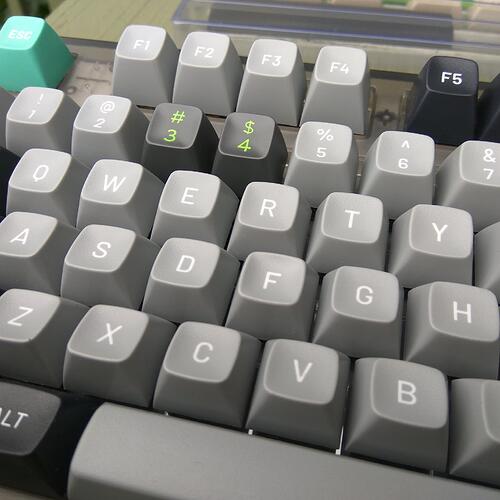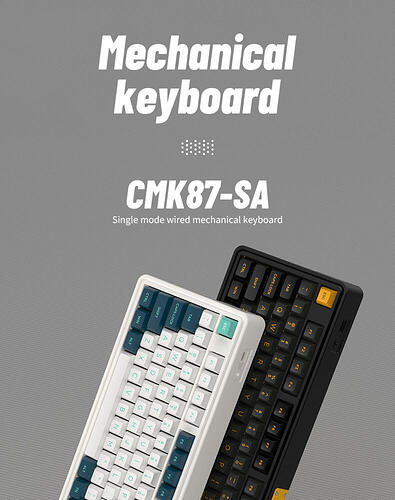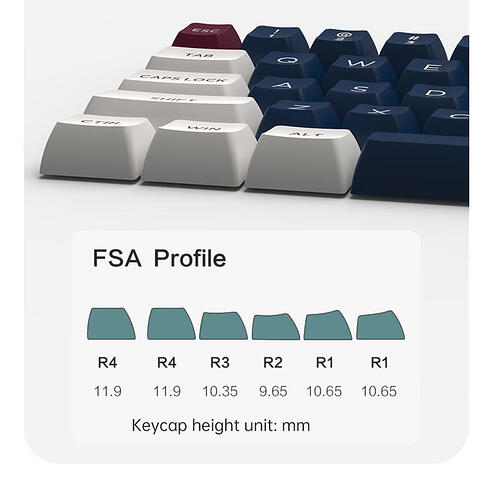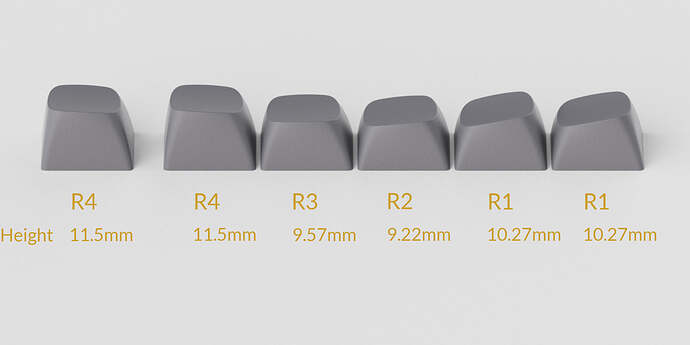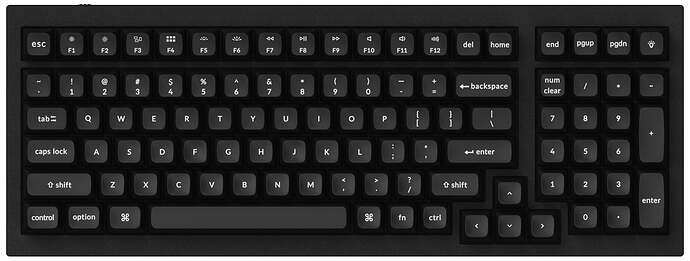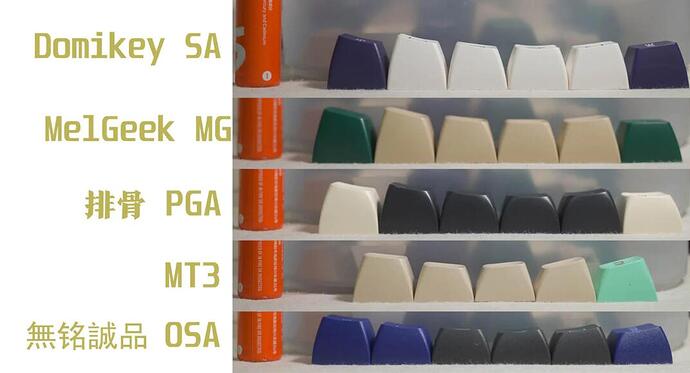Personally, I like typing on a cylindrical profile with tall, sculptured keycaps and nice legends. It is my assertion that engineers who designed the IBM Selectric I typewriter back in the early 60’s, did not went about it lightly when designing their keycaps.
So far, I have tried Signature Plastics SA, Domikey SA, Maxkey SA and AFSA. A recent review about AFSA, comparing this profile to MT3 spiked my interest in the latter.
For my most recent build, I (finally) managed to acquire a set of Drop MT3 White on Black, made from ABS. Having read and viewed multiple reviews about MT3, I was convinced I was really going to like this MT3 keycap profile. Unfortunately, this did not happen and I had to replace the MT3 keycaps quickly with ABS Domikey SA WoB, which I luckily had on hand.
Here are the points I disliked about MT3:
- The surface area for the finger tips is smaller than with both SA and AFSA.
- MT3 has a row R1 (the digits row) that is different from the function row. The problem is that the pitch or inclination of the top legend surface of this R1 digits row is too flat. This reduces the visibility of the digits legends. With SA, this inclination is 13°. AFSA also has a decent inclination; MT3 not. See picture below (not mine).
- The alpha and digit legends are narrow (gothic, rectangular font instead of square) and small. See, for example: ^, *, +, ~, /, " PBT KAT keycaps are also produced with these inferior legends; what a pity.
- Sourcing MT3 to the EU is expensive because of shipping costs, additional VAT and customs duties. Ordering from US Amazon.com turned out to be the cheapest channel for EU citizens.
What I liked about MT3:
- The textured top surface, resulting in more grip and less shine than AFSA.
- The larger legends of the modifier keys, compared to SA and AFSA.
Neutral:
- The keycap height is comparable to AFSA, which is significantly lower than SA. This may be an advantage for use with thicker boards. However, this also results in a higher pitched sound profile, if that matters.
